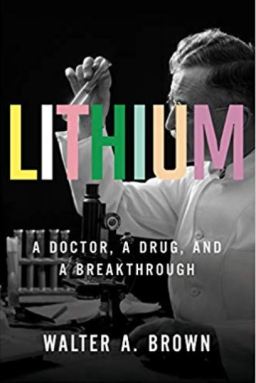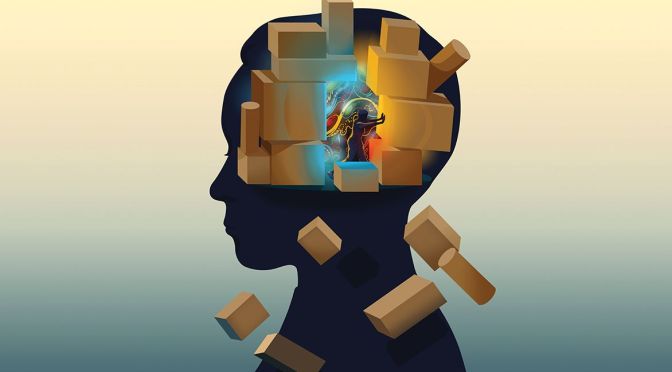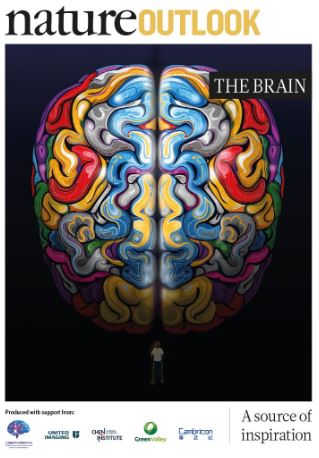 Researchers have identified how Salmonella ‘persister’ cells can spread antibiotic resistance genes in mice intestines.
Researchers have identified how Salmonella ‘persister’ cells can spread antibiotic resistance genes in mice intestines.
Cities are generally hotter than their surroundings, but what are the causes of these ‘heat islands’?
In this episode:
00:46 Antibiotic resistance reservoirs
Researchers have identified how Salmonella ‘persister’ cells can spread antibiotic resistance genes in mice intestines. Research article: Bakkeren et al.
08:12 Research Highlights
Bright barn owls stun prey, and the evolution of dog brains. Research Highlight: Zip-lining owls reveal what really scares their prey; Research Highlight: A dog’s breed is a window onto its brain
10:13 Urban heating
Cities are generally hotter than their surroundings, but what are the causes of these ‘heat islands’? Research Article: Manoli et al.
16:54 News Chat
A cryptic Russian radiation spike, and India’s moon mission gets closer to touchdown. News: How nuclear scientists are decoding Russia’s mystery explosion; News: ‘The most terrifying moments’: India counts down to risky Moon landing



 He wondered whether lithium could have the same tranquillizing effect on his patients. After trying it out on himself to establish a safe dose, Cade began treating ten people with mania. In September 1949, he reported fast and dramatic improvements in all of them in the Medical Journal of Australia (
He wondered whether lithium could have the same tranquillizing effect on his patients. After trying it out on himself to establish a safe dose, Cade began treating ten people with mania. In September 1949, he reported fast and dramatic improvements in all of them in the Medical Journal of Australia (

 “What is memory without forgetting?” asks Oliver Hardt, a cognitive psychologist studying the neurobiology of memory at McGill University in Montreal, Canada. “It’s impossible,” he says. “To have proper memory function, you have to have forgetting.”
“What is memory without forgetting?” asks Oliver Hardt, a cognitive psychologist studying the neurobiology of memory at McGill University in Montreal, Canada. “It’s impossible,” he says. “To have proper memory function, you have to have forgetting.” A nanotube microprocessor: Scientists are looking beyond silicon, by constructing a computer chip using carbon nanotubes.
A nanotube microprocessor: Scientists are looking beyond silicon, by constructing a computer chip using carbon nanotubes.
 Nick Howe catches up with planetary science reporter, Alex Witze. They discuss the latest US plans to land people on the moon by 2024, the history of the Apollo missions, and what’s next for the lunar exploration.
Nick Howe catches up with planetary science reporter, Alex Witze. They discuss the latest US plans to land people on the moon by 2024, the history of the Apollo missions, and what’s next for the lunar exploration.